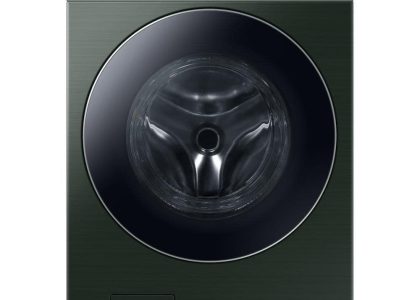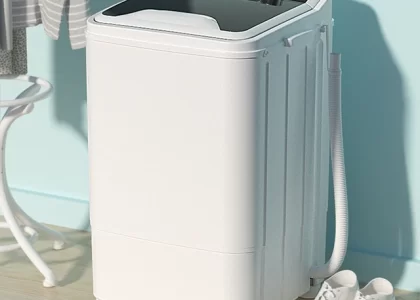 Introduction:
Introduction:
A washing machine that won’t spin can be a frustrating issue, disrupting your laundry routine and leaving you with unwashed clothes. Understanding the possible causes and troubleshooting steps is crucial for resolving this problem and getting your machine back to its optimal functionality. In this comprehensive guide, we will explore the common reasons why a washing machine won’t spin and provide a step-by-step approach to fix the issue effectively.
Possible Causes of a Washing Machine Not Spinning
Door/Lid Switch Malfunction:
The door or lid switch is a safety feature that prevents the machine from spinning when the door or lid is open or not properly closed.
A faulty switch can prevent the machine from engaging in the spinning cycle.
Drive Belt Issues:
The drive belt connects the motor to the drum and enables the spinning motion.
A loose, worn, or broken drive belt can prevent the drum from spinning.
Motor Problems:
The motor is responsible for powering the drum’s spinning motion.
Issues such as a faulty motor capacitor or a burned-out motor can cause the machine to stop spinning.
Lid Lock Issues:
Some modern washing machines have a lid lock mechanism that ensures the lid remains securely closed during operation.
A malfunctioning lid lock can prevent the machine from spinning.
Troubleshooting Steps to Fix a Washing Machine That Won’t Spin
Check the Power:
Ensure that the washing machine is securely plugged into a functioning electrical outlet.
Confirm that there is a reliable power supply to the outlet.
Test the Door/Lid Switch:
Verify that the door or lid is properly closed and make sure the switch mechanism is not obstructed.
Gently press on the switch to check if it properly engages when the door or lid is closed.
Inspect the Drive Belt:
Access the drive belt (typically located at the back or bottom of the machine) and visually inspect it for signs of wear, looseness, or breakage.
Replace the drive belt if necessary, following the manufacturer’s instructions.
Check the Motor and Motor Capacitor:
Ensure that the motor connections are secure and not disconnected.
Examine the motor capacitor for any signs of damage or burning.
Test the Lid Lock:
If your machine has a lid lock mechanism, ensure that it is functioning correctly.
Clean any debris or obstruction around the lock.
Consider consulting the user manual for specific instructions on troubleshooting the lid lock.
Professional Assistance
Seek Professional Repair:
If the issue persists or if you are unsure about conducting repairs yourself, it’s advisable to contact a qualified appliance repair technician.
Trained professionals can provide accurate diagnoses and repair any complex or technical issues with your washing machine.
Preventive Measures
Regular Maintenance:
Conduct regular maintenance and cleaning tasks such as cleaning the machine, checking the drive belt, and inspecting the motor.
Regular maintenance helps prevent issues that may lead to a washing machine not spinning.
Proper Loading and Balancing:
Avoid overloading the machine and ensure that the laundry is evenly distributed inside the drum.
An imbalanced load can prevent the machine from spinning correctly.
 Conclusion:
Conclusion:
Fixing a washing machine that won’t spin requires a systematic approach to identify the cause and address the issue effectively. By following the troubleshooting steps outlined in this comprehensive guide, you can diagnose and fix common problems that prevent the machine from spinning. Remember to check the door/lid switch, inspect the drive belt, examine the motor and capacitor, and test the lid lock mechanism, if applicable. If you are uncertain or encounter complex issues, it is recommended to seek professional assistance to avoid further damage. Implementing regular maintenance practices and ensuring proper loading and balancing can help prevent issues from arising. By taking proactive measures and following the guidelines provided, you can successfully restore your washing machine’s spinning functionality and enjoy hassle-free laundry once again.




